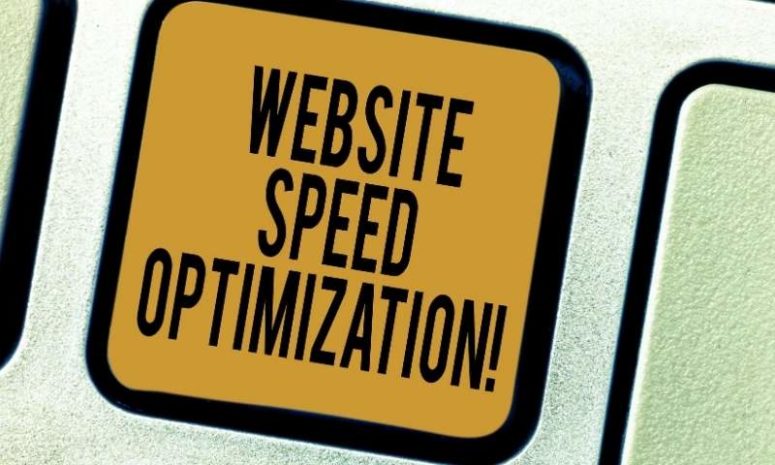
Google had announced that its search engine ranking will soon be considering the user’s page experience metrics. As a part of the new change, Google had introduced the Core Web Vitals, a set of metrics related to speed, responsiveness, and visual stability for measuring the site experience. Google will form a new signal incorporating the Core Web Vitals with its existing ranking signals for calculating the quality of the user’s experience on the web pages.
The Core Web Vitals will measure the various aspects of web usability such as load time, interactivity, and the stability of content as it loads.
It means the website loading speed will become more significant in the coming years to get an improved presence in search engine results. The website speed will be a major factor in deciding the SEO rankings on desktop and mobile (especially with Google’s mobile-first index) and overall user experience and conversion.
Zenesys share their tips for success in this infographic to speed up your business website so that your customers will be coming back for more.
Here’s a quick summary of the 10 tips that will enhance the website loading speed:
- Use a Content Delivery Network (CDN)
- Decrease code size
- Optimize images
- Minimize redirects
- Reduce DNS lookups
- Reduce bad requests
- Hosting
- Browser caching
- Gzip compression
- Stylesheets at the top
Check out the infographic for more detail.







1 Comment